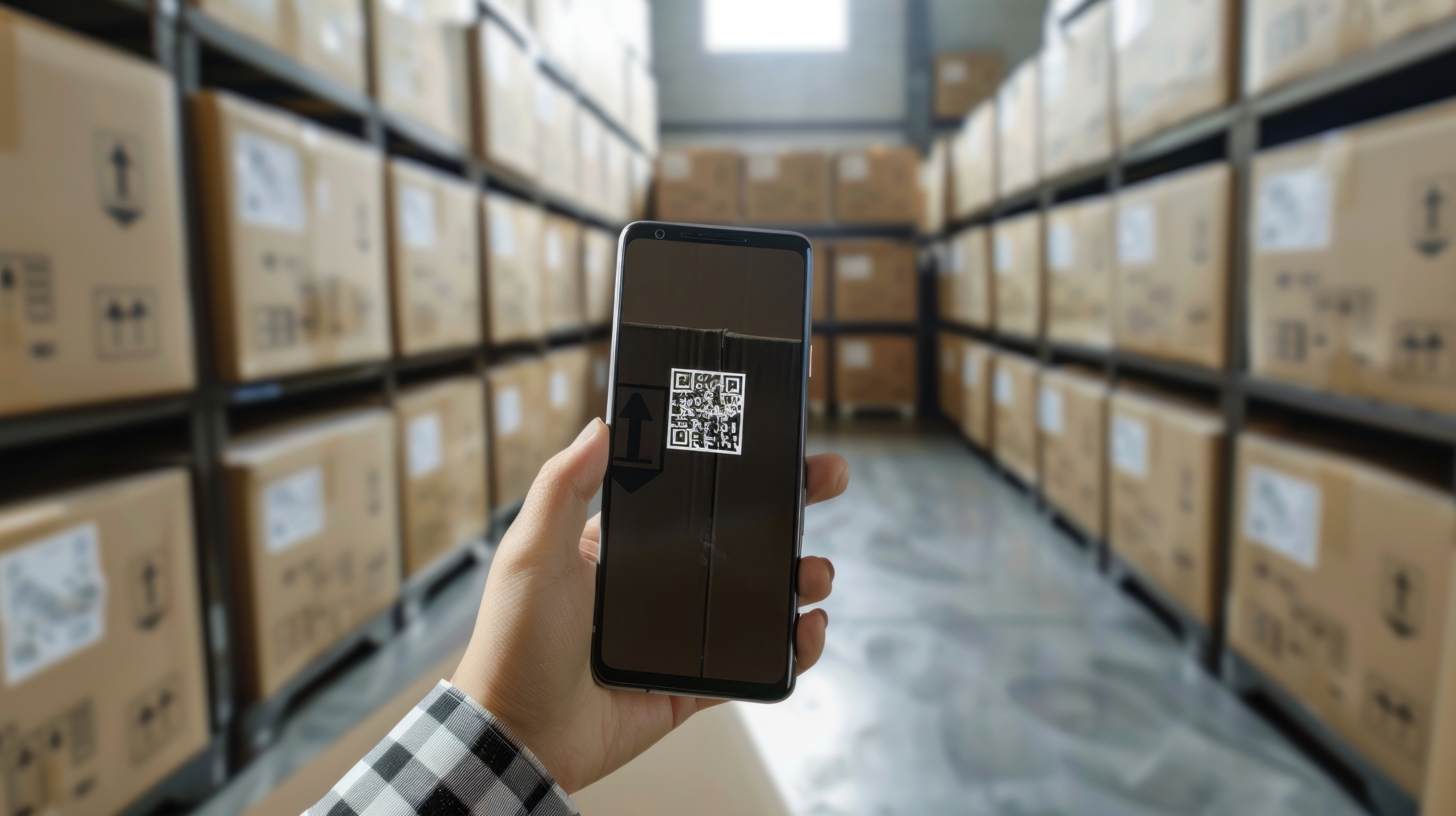
In this guide:
1. What is QR code Asset Management?
3. The Benefits of QR Code Asset Management
3.1 Speed of Asset Identification
3.2 Business-wide Accountability
3.3 Responsibility
4. How to create a QR Code for Assets
5. How to Use QR Codes to Track Inventory
5.1 Setting Up Your Inventory System
5.2 Scan QA Codes for Real-Time Inventory Tracking
5.3 Integrate QR Codes with Inventory Management Software
6.1 Organise and Categorise Assets with QR Codes
6.2 Update and Keep Track of QR Codes
6.3 Troubleshooting Common Problems with QR Code Management
6.4 Scaling Your QR Code Asset Tracking System
QR code asset management will benefit your business. Using QR asset labels speeds up and automates your processes, while the asset management element improves the accountability and transparency you have over your assets.
Using a QR code asset management system allows you to take your assets a lot further, both physically and metaphorically!
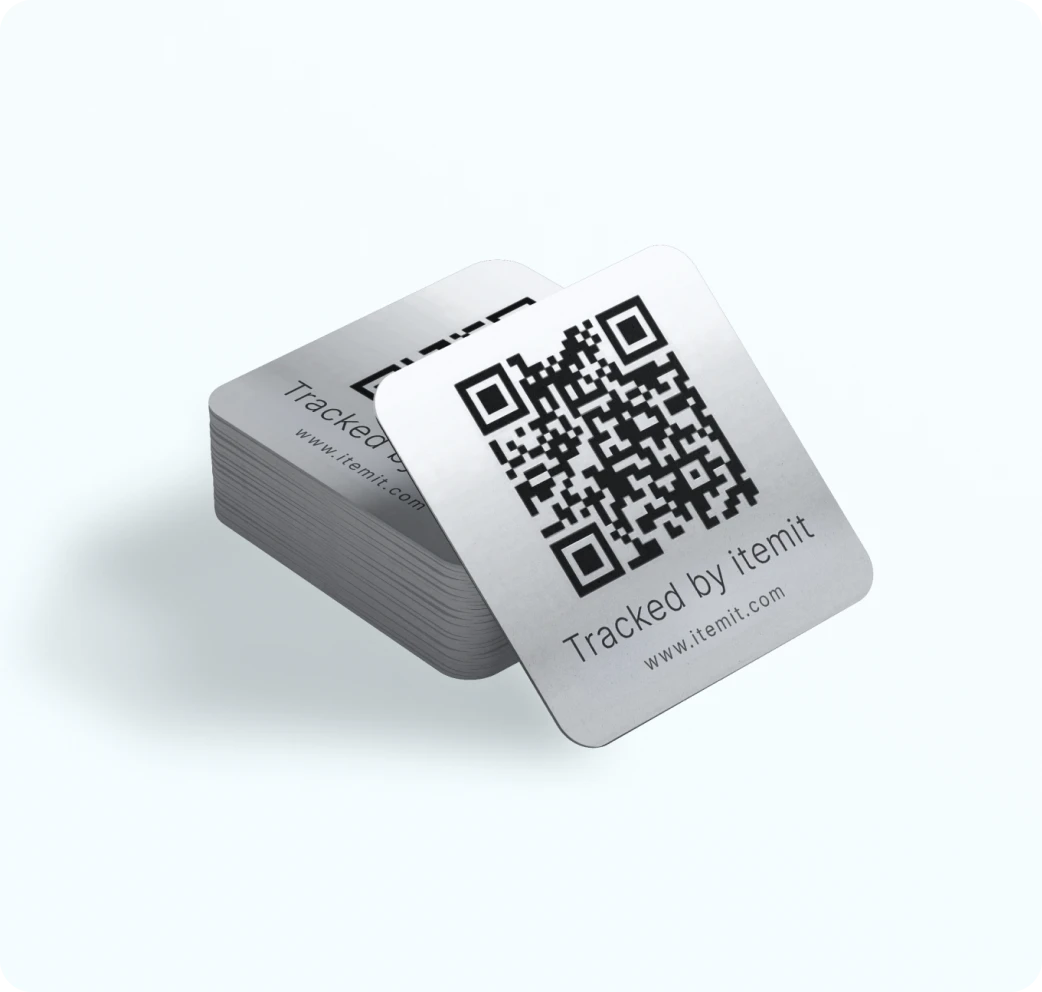
What is QR Code Asset Management?
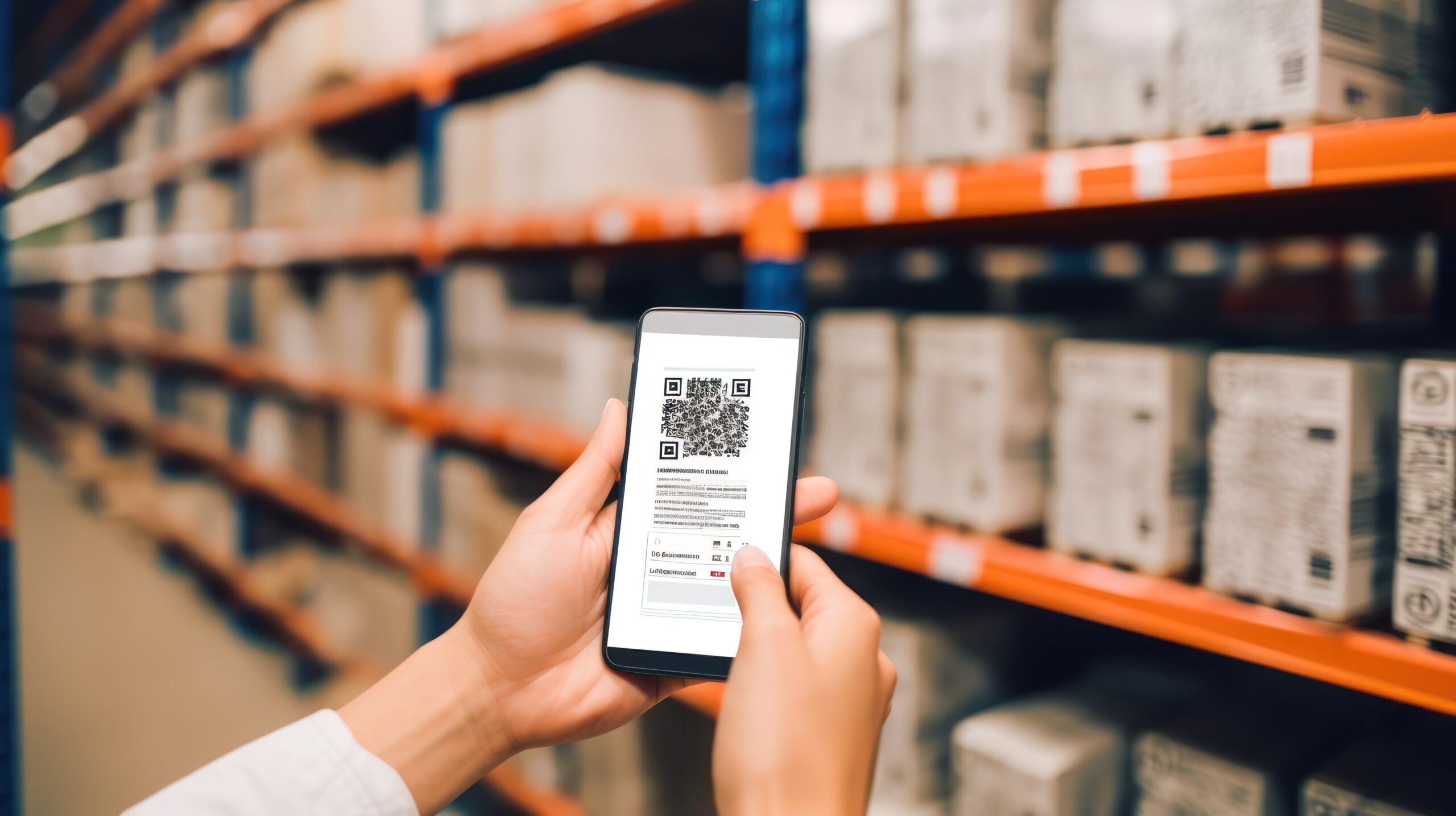
The inventory control system uses quick response codes to effectively delegate possession, locate assets regionally within an area, and monitor and protect assets within an establishment. Each asset is assigned a unique QR code, and scanning it will display information about the asset, including its location, among other details.
Businesses have been using traditional means in asset management, such as manual entry and barcode systems, for years. However, it often comes with the trade-off of limitations, such as errors in data entry, time-draining processes, and the need for very expensive equipment. QR codes offer a more effective solution through a fast, accurate, and cost-effective means.
QR codes have revolutionised the management of assets through automation and streamlining processes. Quick scanning for asset details thus minimises the chances of human error during inventory tracking and, by extension, raises the overall level of operational slickness.
Why QR Codes?
So, why should you use QR code asset tags as opposed to RFID tags or GPS tags?
The answer is simple: ease of use. With QR codes, you’re keeping your costs down and your processes streamlined, as you don’t have to purchase (and use) third-party readers. Simply scan the QR tag using the camera on your smartphone or tablet, and you can start tracking and managing your assets instantly.
When your asset tracking software incorporates asset tags, all it takes is a simple scan of the QR, and the asset’s last known location will update, as well as the user who scanned it. The asset’s profile will also open, ready for you to add any additional information or updates, such as maintenance schedules or to use the equipment checkout feature.
The Benefits of QR Code Asset Management
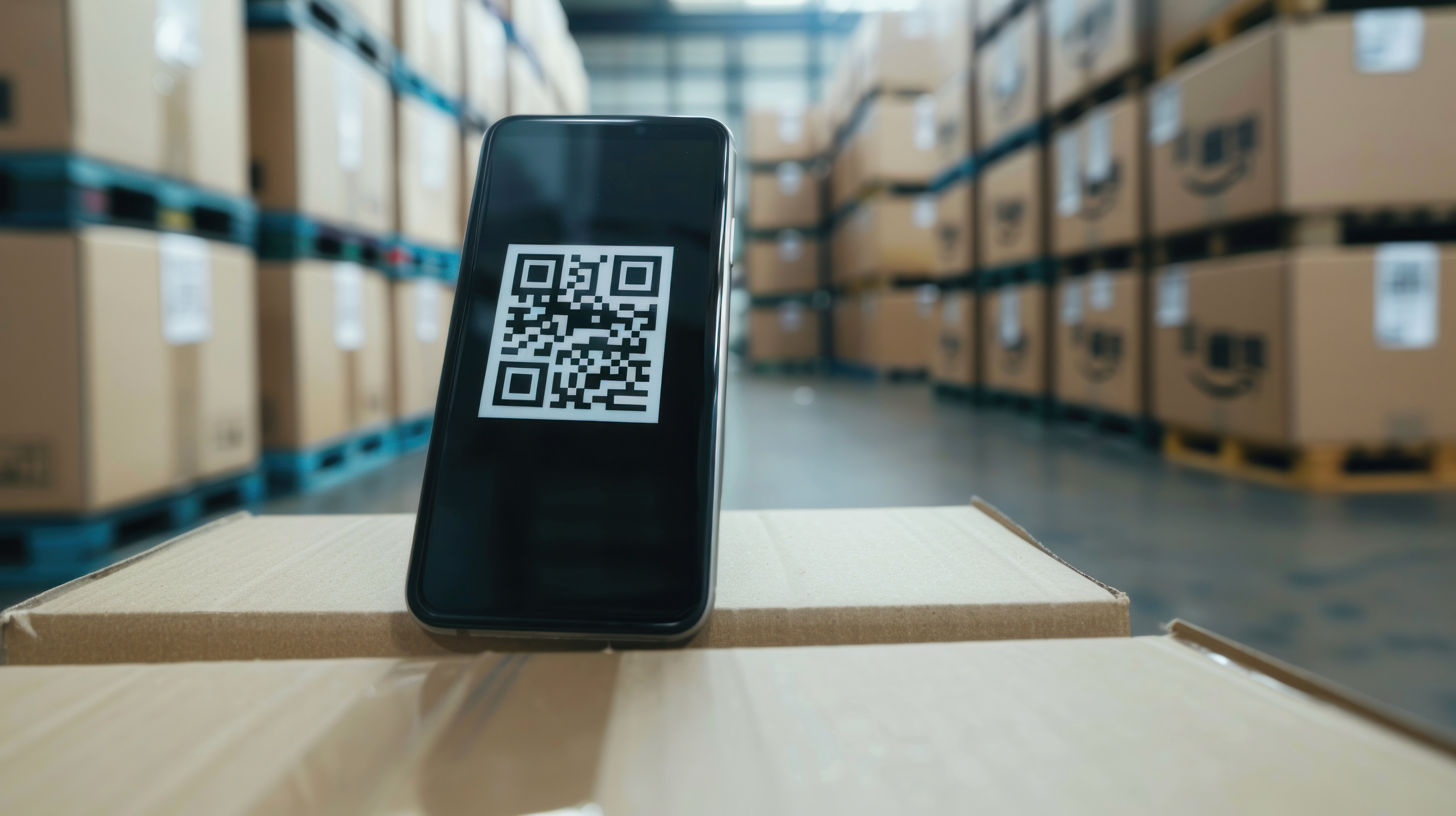
How does the use of QR code asset management benefit your small business? While it can provide you with a high ROI, there are also many practical benefits that you’ll see on a day-to-day basis.
Speed of Asset Identification
First of all, using QR code asset management will increase the speed of your processes. Now, to track tools and equipment instantly, simply scan the asset’s QR tag to identify an item and update its record.
If you’re looking to improve your processes and ditch spreadsheets, using QR code asset management will give you back much needed time. Being able to scan an asset and view and edit its data instantly means that you no longer have to open a spreadsheet, find the asset in question, and then tediously and manually update its details.
Using itemit’s asset profiles, you’ll be able to book assets out, add issues for maintenance, and view any amount of information, including user manuals – something that’s particularly handy if you’re onboarding new staff.
Business-wide Accountability
One of the many benefits of using qr codes and asset management software is having an automatically created fixed asset register. This instantly increases the responsibility your team will feel for your assets, and it allows you to hold people accountable for their treatment of the business’ tools and equipment.
Not only do you get full visibility of what assets the business owns, but you can also see at a glance where equipment and machinery are, who has it and where it’s been. In addition, you’ll get full transparency of the condition of your assets and any maintenance and inspection schedules.
Responsibility
An often overlooked benefit of using QR code asset management is the increase in responsibility that QR codes create.
If there’s a mass of tools at your disposal, the uniqueness of each tool is often lost. With a QR code asset tag, It becomes clear that it’s not just another tool, but a unique asset that helps the running of your business.
Not only this, but QR code asset tags show off which assets are yours, so there aren’t any mix-ups if you’re sharing a construction site with another company.
All of our QR code asset tags proudly show that your assets are tracked using itemit, which also acts as a theft deterrent.
Using QR codes in tracking inventory is one of the best ways a business can streamline its operations in asset management. Accurately and quickly managed assets mean that they will always be accounted for and made available when needed.
How to Create a QR Code for Assets
Creating QR codes for your assets is a necessary step in creating a smooth QR code asset tracking system. It enables tracing, managing, and maintaining traceability of your assets effectively, be it high-value equipment or general tools used every day. The step-by-step guide to creating QR codes is as follows:
Choose the Right QR Code Generator: First off, you are going to need a QR code generator that will allow QR code asset tracking. At itemit, we would recommend using a customisable generator for things such as your logo or colour branding because, firstly, it makes the QR code more on-brand and, secondly, much easier to identify.
Enter Details of Assets: Fill in the details for every kind of asset, including its name and location, in whichever more attributes are available. This information is then encoded into a QR code to create the basis for your QR code asset tracking system.
Generate and Download QR Code: After filling in the details of the asset, proceed to generate the QR code. We can generate QR code asset labels for you. The generator will create a unique code that goes directly to the information of that asset within your itemit account, so you are good to go for use in your QR code asset tracking workflow.
Printing and Attaching the QR Code: Print the QR code on a very durable material, especially if it is for tool tracking or other assets that may go through some amount of wear. Attach the QR code firmly to the asset in a place clearly visible for quick and easy scanning, which is very important for effective QR code asset tracking.
You can set up a reliable and scalable QR code asset-tracking system with itemit. This system is going to do more than just simplify asset management for you, enhancing the ability to track and maintain tools and equipment, and making sure everything has its place and is accounted for in your inventory.
How to Use QR Codes to Track Inventory
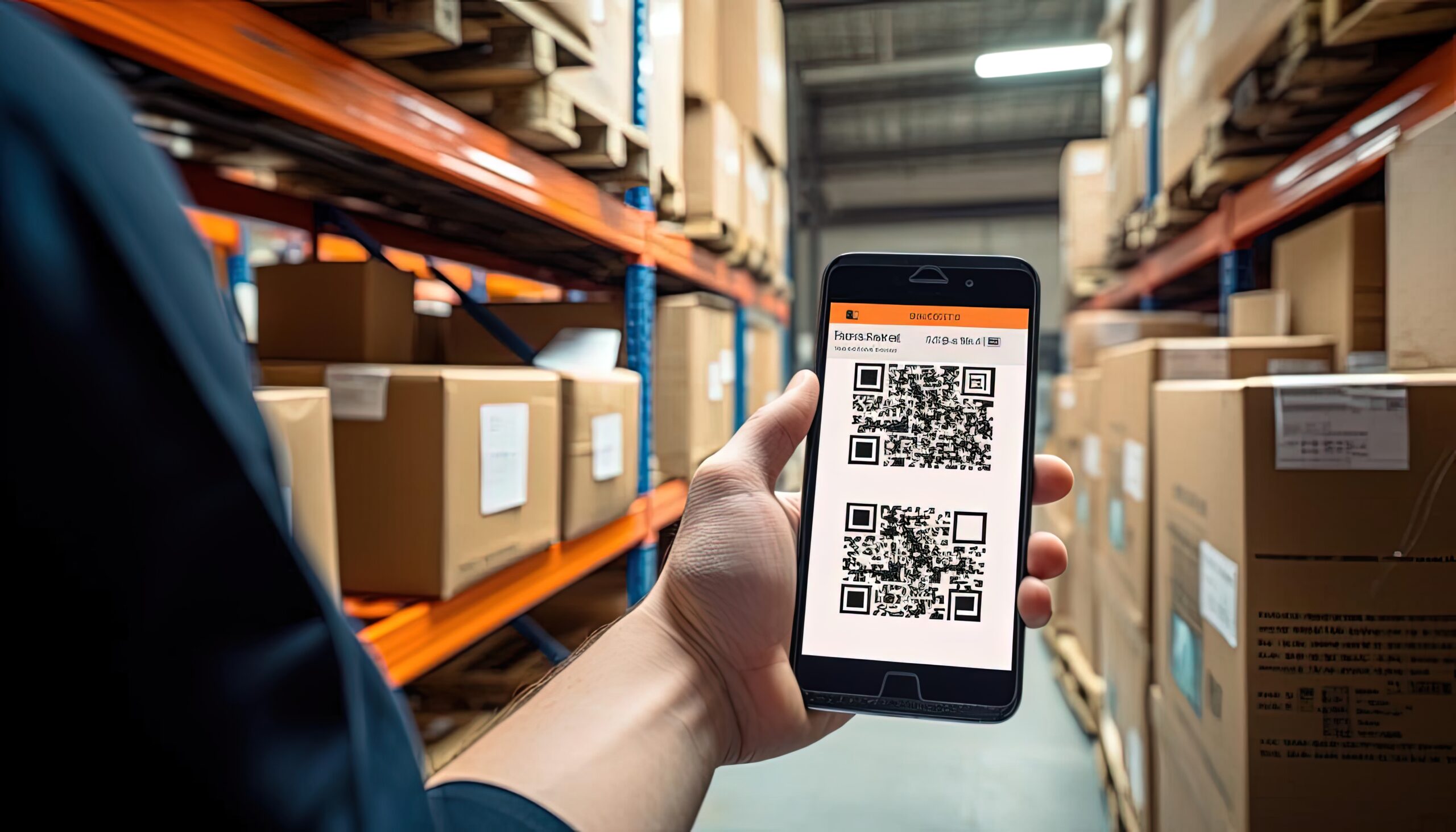
Using QR codes to track inventory is one of the best ways a business can streamline its asset management operations. Accurately and quickly managed assets mean that they will always be accounted for and made available when needed. Below, we will discuss how to use QR codes effectively.
Setting Up Your Inventory System with QR Codes
To start with QR code asset tracking, you’d need to establish a structured inventory system first. For every individual item in your inventory, there is a unique QR code. The QR code itself contains important information such as the name of the item, its category, location, and any other relevant information. Integrate this system with itemit, and you have an easy plan to keep your inventory managed and tracked, with each and every individual item booked and watched.
In order to maintain effective QR code asset tracking, one must first sort out what is in the inventory. This includes the items’ classification, which can be based on type, department, or location. Now, after categorising the items, one has a better platform to manage groups of similar stuff, thus spending less time searching for certain individual items and keeping the inventory updated.
Scan QR Codes for Real-Time Inventory Tracking
In fact, real-time updating is the real power of QR code asset tracking. Get information and update the status of any item in your inventory just by snapping a picture of such a code or scanning it with a smartphone or a special scanner. You get instant access to details that will enable you to act very fast and avoid problems such as running out of supplies or overstocking of items.
With every scan of a QR code, itemit’s platform updates its central database in real time, meaning that all those changes indicating that items have been checked out, moved, or serviced get reflected in front of you in the inventory system. Such a real-time QR code asset tracking capability is very beneficial to businesses that have fast-moving inventories or where the precision and accuracy of tracking high-value assets are of paramount importance.
Integrating QR Codes with Inventory Management Software
Enhance your current inventory system with powerful QR code asset tracking. At itemit, we’ve designed our QR code integration to be easy, seamless, and fully effective with your existing software. This will add higher levels of detail to your records and give your team a more intuitive user experience, as well as all the other basic characteristics of your inventory software.
With QR code asset tracking easily integrated with what you already have, you can place all the information of your assets in one place. It ensures that your data on inventory remains consistent and is all put into one place so that it can be accessed from any location. Simple setup for tools, equipment, or products ensures QR code asset tracking without interfering with the current operational setup.
How to Manage QR Codes

The effective management of QR codes is the basic requirement for maintaining a functional and efficient QR code asset tracking system. At itemit, we provide tools and best practices that ensure a high degree of accuracy, up-to-date, and ease of use throughout the lifecycle of your assets in relation to your QR codes.
Organise and Categorise Assets with QR Codes
The first steps in managing your QR code asset tracking system are organisation and categorisation of the QR codes according to the assets, location, or department. This makes it easy to find and recover information whenever required. You can do this by grouping QR codes in departments or in asset categories to ensure each asset is located in a flash and managed through the itemit system.
Update and Keep Track of QR Codes
Over time, assets can change locations, go to maintenance, or have information associated with them updated. To keep your QR code asset tracking system up-to-date and relevant, it’s important to revise and maintain your QR codes on a regular basis. This can be in the form of updating information encoded within the current QR code, reprinting and replacing damaged or worn labels, and being sure all these changes are changed in your database.
Troubleshooting Common Problems with QR Code Management
Even with careful planning, a number of problems can arise in your QR code asset tracking system. Some common issues that arise are when QR codes get damaged, become unscannable, or are linked to out-of-date information. For that reason, it becomes imperative to build some form of troubleshooting protocol for tackling such issues. This would include regular inspection of the QR code for damages, reprinting it if any damages are noticed, and always having a digital backup of all QR codes within the itemit system. In addition, staff must be trained on how to resolve common scanning issues and why the integrity of the QR code must be maintained.
Scaling Your QR Code Asset Tracking System
The more your business grows, the more the number of assets increases correspondingly. The scaling of your QR code asset tracking system is easy and quick with itemit. It is designed to accommodate increased numbers of assets without deteriorating performance or reduced accuracy. Regular auditing processes for QR codes and best practices in asset management will go a long way in providing smooth scaling of your tracking system for your business.
Integrating QR Codes with Other Asset Management Tools
Managing QR codes also involves their integration with other asset management tools you may be using. Itemit’s platform accommodates smooth integration with QR codes to other systems so that all of your asset data is kept in one place and easily accessible. Such integration will enhance the overall efficiency of your QR code asset tracking system and enable sophisticated management of the assets.
By following these best practices, you will be able to manage your QR code asset tracking system so that it is well-managed, scalable, and full of integration – the tools your business needs to successfully manage its assets.
If you’d like a free sample of QR code asset tags to see how well QR code asset management can work for you, all you need to do is drop us an email at team@itemit.com.

Try itemit
Choose a better way to track
your assets.
Start your free 14-day trial now!

Keep Learning
itemit Blog
Tips, guides, industry best practices, and news.
Track Your Agricultural Assets With RFID Tags
Discover how RFID technology enhances agriculture management with better inventory tracking, livestock monitoring, and operational efficiency, even for small farms.
Which Is Better? RFID Tags Or Barcodes?
Is RFID asset tracking better than using barcodes or is it vice versa? Read this post now to discover which option is ideal for you!
The Future Of Asset Tracking Involves RFID Tags: Here’s Why
Find out exactly why the future of asset tracking in the workplace involves RFID asset tracking by reading this article now!


